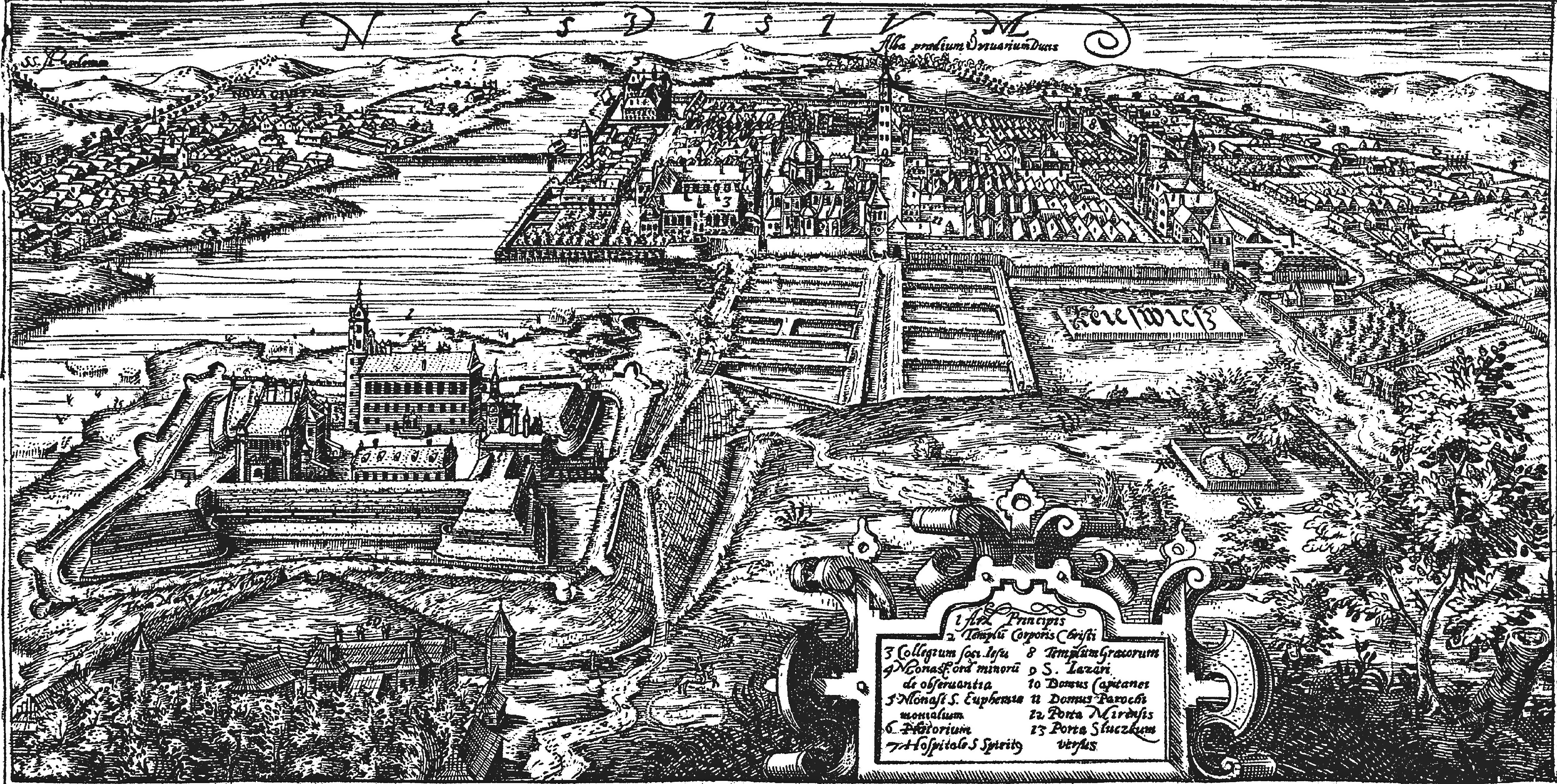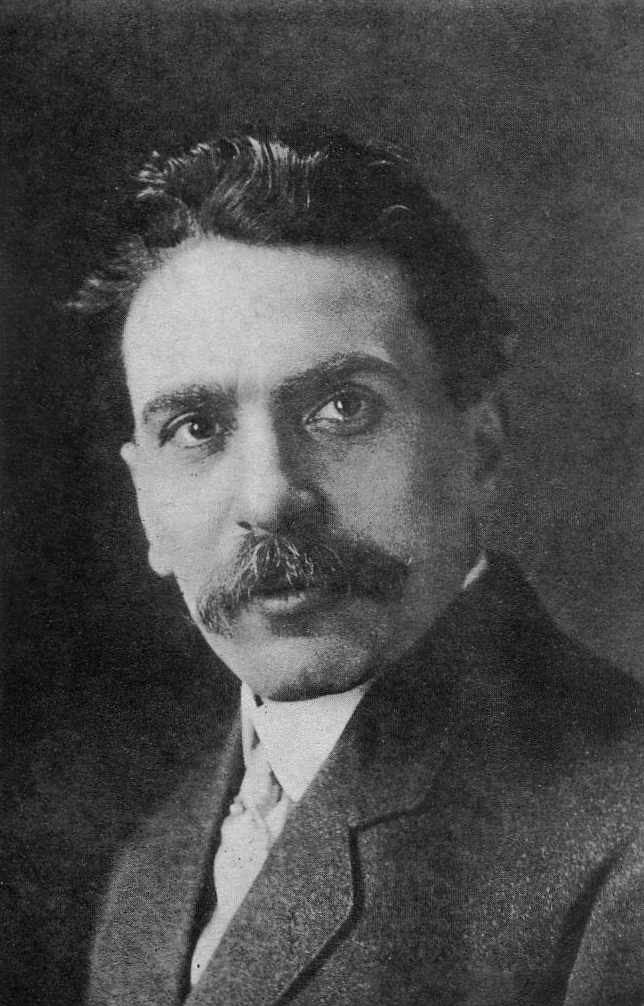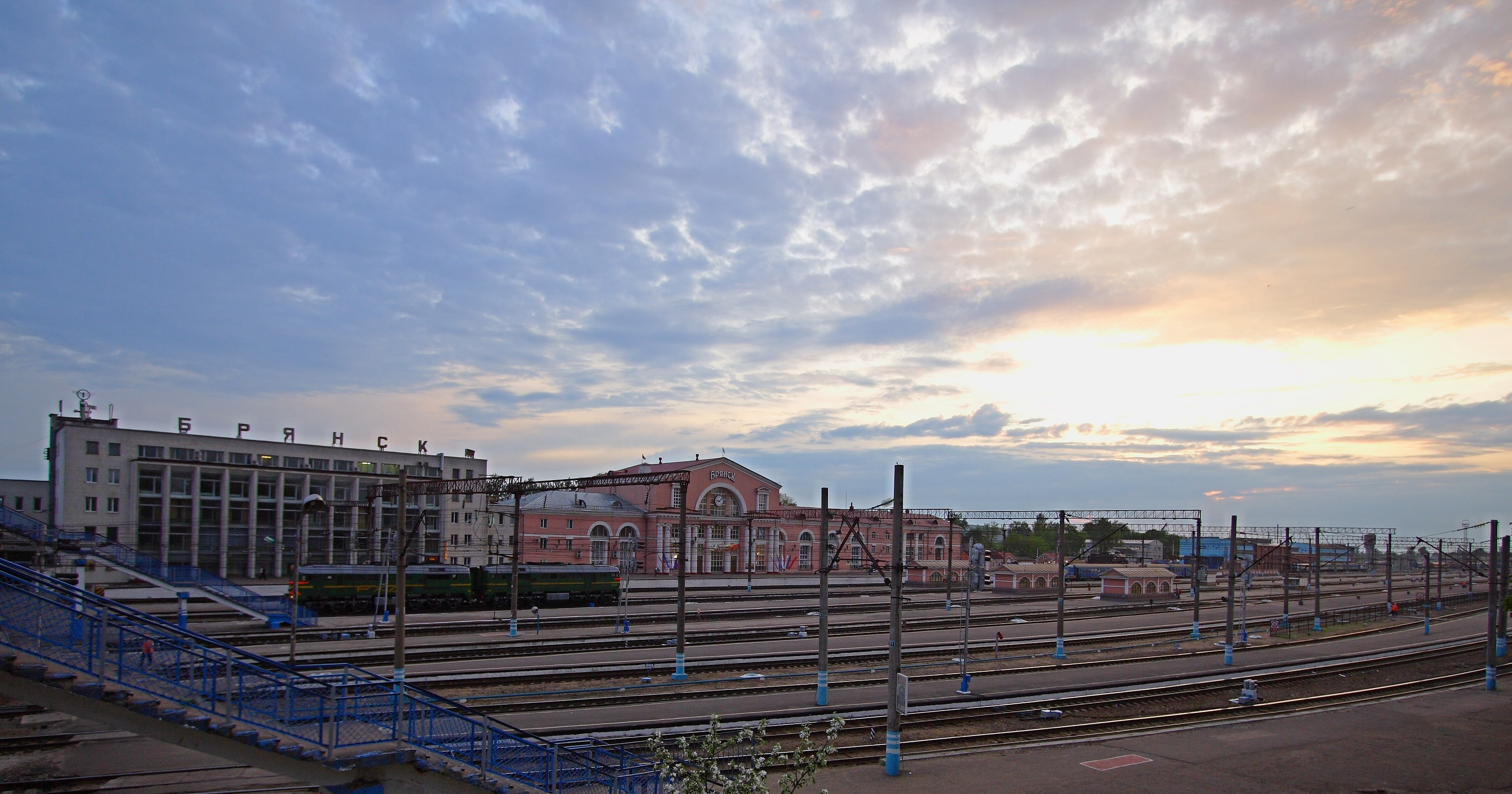|
Michał Vituška
Michal Apanasavič Vituška (; , ''Mikhail Afanasyevich Vitushko''; ; 5 November 1907 – 7 January 1945) was a Belarusian leader of the ''Black Cats'', a unit of the ''SS-Jagdverbände'', during World War II.Perry Biddiscombe: The SS Hunter Battalions. The Hidden History of the Nazi Resistance Movement'. Tempus, Stroud 2006, p. 66. Biography Michal Apanasavič Vituška was born in the city of Nyasvizh in the Minsk Governorate of the Russian Empire (present-day Belarus) and studied in Belarusian gymnasiums in Kletsk and Vilnius.Biography at slounik.org (Belarusian) He graduated from a university in and the |
Nyasvizh
Nyasvizh or Nesvizh is a town in Minsk Region, Belarus. It serves as the administrative centre of Nyasvizh District. Nyasvizh is the site of Nesvizh Castle, a World Heritage Site. In 2009, its population was 14,300. As of 2025, it has a population of 15,909. History Nesvizh was first documented in 1223. It was part of the Grand Duchy of Lithuania until 1793, but the Grand Duchy was part of the Polish–Lithuanian Commonwealth since 1569. In the 15th century, while still a minor town, it belonged to the Kiszka family and later to the Radziwiłł family, and remained the family's seat until 1813. In 1561 or 1562 Maciej Kawęczyński founded the print works of the Polish Brethren. The first Belarusian language book printed in Latin script, a catechism by Symon Budny, was published in Nesvizh in 1562. The ''Nieśwież Bible'' ('' Biblia nieświeska''), one of the oldest Polish translations of the Bible, also by Budny, was completed there in 1571 and published in 1572. Nesvizh ... [...More Info...] [...Related Items...] OR: [Wikipedia] [Google] [Baidu] |
Prague
Prague ( ; ) is the capital and List of cities and towns in the Czech Republic, largest city of the Czech Republic and the historical capital of Bohemia. Prague, located on the Vltava River, has a population of about 1.4 million, while its Prague metropolitan area, metropolitan area is home to approximately 2.3 million people. Prague is a historical city with Romanesque architecture, Romanesque, Czech Gothic architecture, Gothic, Czech Renaissance architecture, Renaissance and Czech Baroque architecture, Baroque architecture. It was the capital of the Kingdom of Bohemia and residence of several Holy Roman Emperors, most notably Charles IV, Holy Roman Emperor, Charles IV (r. 1346–1378) and Rudolf II, Holy Roman Emperor, Rudolf II (r. 1575–1611). It was an important city to the Habsburg monarchy and Austria-Hungary. The city played major roles in the Bohemian Reformation, Bohemian and the Protestant Reformations, the Thirty Years' War and in 20th-century history a ... [...More Info...] [...Related Items...] OR: [Wikipedia] [Google] [Baidu] |
Andrew Wilson (historian)
Andrew Wilson (born 1961) is a British historian and political scientist specializing in Eastern Europe, particularly Ukraine. He is a Senior Policy Fellow at the European Council on Foreign Relations, and Professor in Ukrainian studies at the School of Slavonic and East European Studies at University College London. He wrote ''The Ukrainians: The Story of How a People Became a Nation'' (the first four editions were titled ''The Ukrainians: An Unexpected Nation'') and ''Virtual Politics: Faking Democracy in the Post-Soviet World''. Wilson is a member of the Ukraine Today media organization's International Supervisory Council. He was born in Cumbria, United Kingdom. Works *''Ukraine: Perestroika to Independence'' (with Taras Kuzio), New York, St. Martin's Press, 1994, xiv, 260p. . *''Ukrainian Nationalism in the 1990s: A Minority Faith'', Cambridge University Press, 1996, xvii, 300p. Can be searched aGoogle print * ''The Ukrainians: The Story of How a People Became a Nation'', ... [...More Info...] [...Related Items...] OR: [Wikipedia] [Google] [Baidu] |
Usievalad Rodzka
Usievalad Filaretavič Rodzka (, ; 21 July 1920 – 1946) was a Belarusian collaborator with Nazi Germany during World War II. He served as commander of the Dahlwitz Byelorussian Landing Battalion, was burgomaster of Vitebsk from 3 July 1941 until its recapture by the Red Army on 27 June 1944, and served as Chairman of the Central Committee of the Belarusian Independence Party. Early life and career Usievalad Filaretavič Rodzka was born on 21 July 1920 in rural Brześć District. His father, Filaret Rodzka, was a local teacher. His sister, Halina Rusak, would later become a painter. Rodzka attended gymnasium in Novogrudok. Originally attending a Belarusian gymnasium, after the institution's closing in 1934 the Belarusian students were moved to the Adam Mickiewicz Polish Gymnasium, a Polish-language gymnasium in the same city. While studying at the Mickiewicz Gymnasium, Rodzka was friends with Jazep Sažyč and Barys Rahulia, together forming an anti-socialist social circle ... [...More Info...] [...Related Items...] OR: [Wikipedia] [Google] [Baidu] |
Vincent Hadleŭski
Vincent Hadleŭski (, ; November 16, 1888 – December 24, 1942) was a Belarusian Roman Catholic priest, publicist and politician. During World War II he was arrested by the German police on December 24, 1942, and executed in Maly Trostenets extermination camp. Life Born in the village of Porozowo, (now Šuryčy in the Grodno Region near Vaŭkavysk), he graduated from a Catholic seminary in Vilna and the Catholic academy in St.Petersburg. He was one of the first priests to introduce Catholic liturgy in the Belarusian language. After the short-lived declaration of independence by Belarus, he became member of the founding government (''Rada'') of the Belarusian Democratic Republic for several months in 1918. Hadleŭski was one of the participants in the First Belarusian Congress of December 1917, and served as editor of the magazine ''Krynica''. Second Polish Republic Following the Peace of Riga, signed in 1921 between newly reborn Poland and Soviet Russia, Hadleŭski settled ... [...More Info...] [...Related Items...] OR: [Wikipedia] [Google] [Baidu] |
Mogilev
Mogilev (; , ), also transliterated as Mahilyow (, ), is a city in eastern Belarus. It is located on the Dnieper, Dnieper River, about from the Belarus–Russia border, border with Russia's Smolensk Oblast and from Bryansk Oblast. As of 2024, it has a population of 353,110. In 2011, its population was 360,918, up from an estimated 106,000 in 1956. It serves as the administrative centre of Mogilev Region, and is the List of cities and largest towns in Belarus, third-largest city in Belarus. History The city was first mentioned in historical records in 1267. From the 14th century, it was part of the Grand Duchy of Lithuania, and since the Union of Lublin (1569), it has been part of the Polish–Lithuanian Commonwealth, where it became known as ''Mohylew''. In the 16th and 17th centuries, the city flourished as one of the main nodes of the east-west and north-south trading routes. In 1577, Grand Duke Stefan Batory granted it Magdeburg law, city rights under Magdeburg law. In 1 ... [...More Info...] [...Related Items...] OR: [Wikipedia] [Google] [Baidu] |
Smolensk
Smolensk is a city and the administrative center of Smolensk Oblast, Russia, located on the Dnieper River, west-southwest of Moscow. First mentioned in 863, it is one of the oldest cities in Russia. It has been a regional capital for most of the past millennium, beginning as the capital of an eponymous principality in the 11th-15th centuries, then the Smolensk Voivodeship of Lithuania and Poland, and Smolensk Governorate and Oblast within Russia. It was the main stronghold of the Smolensk Gate, a geostrategically significant pass between the Daugava and Dnieper rivers, and as such was an important point of contention in the struggle for dominance in Eastern Europe, passing at various times between Lithuania, Poland and Russia. In more recent history, it was captured by Napoleon's Franco–Polish forces and Hitler's Germany during their marches towards Moscow, and was the place of the Smolensk air disaster of 2010. It has a population of Etymology The name of the c ... [...More Info...] [...Related Items...] OR: [Wikipedia] [Google] [Baidu] |
Bryansk
Bryansk (, ) is a types of inhabited localities in Russia, city and the administrative center of Bryansk Oblast, Russia, situated on the Desna (river), Desna River, southwest of Moscow. It has a population of 379,152 at the 2021 census. Bryansk is one of the oldest cities in the oblast, with 985 regarded as the year of foundation. It was part of the Kievan Rus', Mongol Empire and Grand Duchy of Lithuania, Lithuania during the Middle Ages, medieval period, then was contested by Grand Duchy of Moscow, Moscow and Polish–Lithuanian Commonwealth, Poland–Lithuania in the early modern period, before ultimately passing to Russia, within which it was a major regional trading center. History Medieval period Based on excavations at the end of the 20th century, information was found on the birth of the city in the 10th century on the Chashin Kurgan. For ease of perception, the conventional date of birth was chosen as 985 AD. The first written mention of Bryansk, as Debryansk, dates t ... [...More Info...] [...Related Items...] OR: [Wikipedia] [Google] [Baidu] |
Minsk
Minsk (, ; , ) is the capital and largest city of Belarus, located on the Svislach (Berezina), Svislach and the now subterranean Nyamiha, Niamiha rivers. As the capital, Minsk has a special administrative status in Belarus and is the administrative centre of Minsk region and Minsk district. it has a population of about two million, making Minsk the Largest cities in Europe, 11th-most populous city in Europe. Minsk is one of the administrative capitals of the Commonwealth of Independent States (CIS) and the Eurasian Economic Union (EAEU). First mentioned in 1067, Minsk became the capital of the Principality of Minsk, an appanage of the Principality of Polotsk, before being annexed by the Grand Duchy of Lithuania in 1242. It received town privileges in 1499. From 1569, it was the capital of Minsk Voivodeship, an administrative division of the Polish–Lithuanian Commonwealth. It was part of the territories annexed by the Russian Empire in 1793, as a consequence of the Second Part ... [...More Info...] [...Related Items...] OR: [Wikipedia] [Google] [Baidu] |
Belarusian Auxiliary Police
The Belarusian Auxiliary Police () was a German force established in July 1941 in occupied Belarus, staffed by local collaborators. In western Belarus, auxiliary police were created in the form of Schutzmannschaften units, while in the east they were made as the Ordnungsdienst. It was intended that the auxiliary police would consist of one policeman for every 100 villagers and one policeman for every 300 city residents. Creation On July 7, 1941, the commander of Army Group Centre, General Max von Schenckendorf, in the occupied territory of Belarus, issued an order to create a local administration and order service called Miliz or Order Service (; OD). After the passage of the front and the stabilization of the civil administration in western Belarus in the form of Generalbezirk Weissruthenien, the OD units passed from under the authority of the German army to the Order Police (Orpo) and were transformed on November 6, 1941, into permanent Guarding Troops (, Schuma) subord ... [...More Info...] [...Related Items...] OR: [Wikipedia] [Google] [Baidu] |
Occupation Of Belarus By Nazi Germany
The German invasion of the Soviet Union started on 22 June 1941 and led to a German military occupation of Byelorussia until it was fully liberated in August 1944 as a result of Operation Bagration. The western parts of Byelorussia became part of the Reichskommissariat Ostland in 1941, and in 1943, the German authorities allowed local collaborators to set up a regional government, the Belarusian Central Rada, that lasted until the Soviets reestablished control over the region. Altogether, more than two million people were killed in Belarus during the three years of Nazi occupation, around a quarter of the region's population, or even as high as three million killed or thirty percent of the population, including 500,000 to 550,000 Jews as part of the Holocaust in Belarus. In total, on the territory of modern Belarus, more than 9,200 villages and settlements, and 682,000 buildings were destroyed and burned, with some settlements burned several times. By the end of the war, Bel ... [...More Info...] [...Related Items...] OR: [Wikipedia] [Google] [Baidu] |
Germany
Germany, officially the Federal Republic of Germany, is a country in Central Europe. It lies between the Baltic Sea and the North Sea to the north and the Alps to the south. Its sixteen States of Germany, constituent states have a total population of over 84 million in an area of , making it the most populous member state of the European Union. It borders Denmark to the north, Poland and the Czech Republic to the east, Austria and Switzerland to the south, and France, Luxembourg, Belgium, and the Netherlands to the west. The Capital of Germany, nation's capital and List of cities in Germany by population, most populous city is Berlin and its main financial centre is Frankfurt; the largest urban area is the Ruhr. Settlement in the territory of modern Germany began in the Lower Paleolithic, with various tribes inhabiting it from the Neolithic onward, chiefly the Celts. Various Germanic peoples, Germanic tribes have inhabited the northern parts of modern Germany since classical ... [...More Info...] [...Related Items...] OR: [Wikipedia] [Google] [Baidu] |




